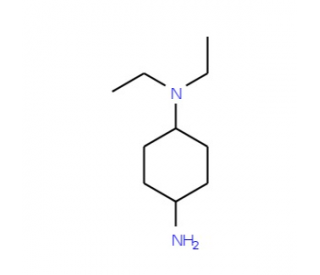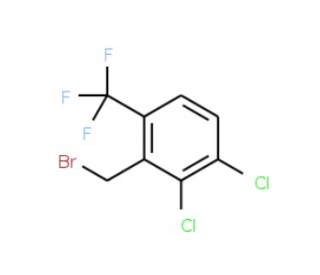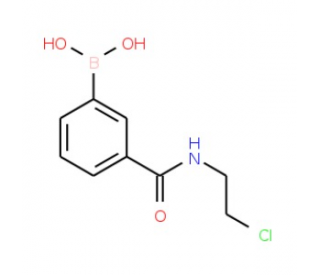詳細說明
Purity
>90%, by SDS-PAGE under reducing conditions and visualized by silver stain
Endotoxin Level
<0.10 EU per 1 μg of the protein by the LAL method.
Activity
Measured by its ability to inhibit GH-induced proliferation of Nb2?11 rat lymphoma cells. Gout, P.W. et al. (1980) Cancer Res. 40:2433. The ED 50 for this effect is 0.7-2.5 ng/mL in the presence of 0.2 ng/mL of rhGH.
Source
Mouse myeloma cell line, NS0-derived
Rat GHR
(Phe19 - Arg265)
Accession # P16310RIEGRMD Human IgG1
(Pro100 - Lys330)N-terminus C-terminus Accession #
N-terminal Sequence
AnalysisPhe19
Structure / Form
Disulfide-linked homodimer
Predicted Molecular Mass
55.1 kDa (monomer)
SDS-PAGE
65-80 kDa, reducing conditions
1211-GR |
| |
Formulation Lyophilized from a 0.2 μm filtered solution in PBS. | ||
Reconstitution Reconstitute at 100 μg/mL in sterile PBS. | ||
Shipping The product is shipped at ambient temperature. Upon receipt, store it immediately at the temperature recommended below. | ||
Stability & Storage: Use a manual defrost freezer and avoid repeated freeze-thaw cycles.
|
Background: Growth Hormone R/GHR
Growth hormone (GH), also known as somatotropin, is a member of a family of growth factors that includes prolactin, placental lactogens, proliferins and somatolactin (1, 2). It is synthesized primarily by somatotropes in the anterior pituitary and is released as an endocrine hormone. Other cells and tissues, including lymphoid tissues, can also produce GH (3). GH is a pleiotropic molecule which can act directly or indirectly via IGF-I, to regulate growth and metabolism as well as enhance T cell survival and thymic functions (1, 2, 4). GH exerts its biological actions by binding to the GH receptor (GHR) that is present in many cell types (1, 2). Rat GHR cDNA encodes a 638 amino acid (aa) residue type I transmembrane protein with a 18 aa signal peptide, a 247 aa extracellular domain, a 24 aa transmembrane domain and a 349 aa cytoplasmic domain. An alternatively spliced 297 aa isoform of rat GHR also exists. This 279 aa variant corresponds to the serum GH-binding protein and is identical in sequence to the extracellular domain of the transmembrane protein up to Glu262 (5). Ligation of GHR by GH has been shown to result in receptor dimerization and activation of the JAK/STAT signaling cascade (6). The soluble GHBP has been shown to interfere with GH signaling by competing with the transmembrane receptor of GH. Alternatively, the GHBP has also been shown to enhance GH action by slowing GH clearance (5, 7).
References:
Goffin, V. et al. (1996) Endocrine Rev. 17:385.
Le Roith, D. et al. (2001) Endocrine Rev. 22:53.
Clark, R. (1997) Endocr. Rev. 18:157.
Welniak, L.A. et al. (2002) J. Leukoc. Biol. 71:381.
Postel-Vinay, M.C. and J. Finidori (1995) Eur. J. Endocrinol. 133:654.
Carter-Su, C. et al. (1996) Annu. Rev. Physiol. 58:187.
Frick, G.P. et al. (1998) Endocrinology 139:2824.
Long Name:
Growth Hormone Receptor
Entrez Gene IDs:
2690 (Human); 14600 (Mouse); 25235 (Rat)
Alternate Names:
GH receptor; GHBP; GHR; growth hormone binding protein; Growth Hormone R; growth hormone receptor; serum binding protein; Somatotropin receptor










 粵公網(wǎng)安備44196802000105號
粵公網(wǎng)安備44196802000105號